Table of Contents
The modern derailleur system is a simple and efficient way to provide gears on a bike. You certainly can’t beat it for price, weight, availability or repairability. But there are a few gearbox alternatives which reduce overall maintenance by enclosing a series of cogs within an oil-bath chamber. They’re pretty fancy – people who use them tend to love them. You’re probably already aware of the most common form, the internally geared rear hub.
Another option has been gaining momentum since 2012 – that is the Pinion gearbox, now used by over 60 manufacturers.
The advantages to the Pinion gearbox over internally geared hubs include more gears, less of a gap between each gear and the ability to swap out and send off just the gearbox for repairs. The main disadvantages are additional weight and the requirement for Pinion-specific frames.
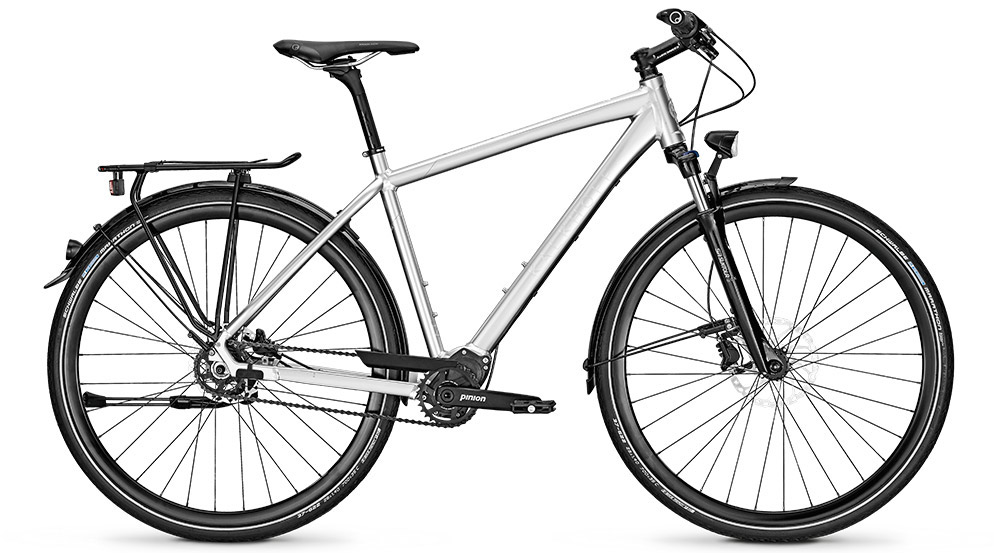
The New Pinion C-Line
Three new gearboxes will be available soon that are both lighter in weight and with improved ergonomics. Two gearboxes employ larger steps between gears (designed specifically for electric bikes), so I’ll only briefly touch on them here. The other gearbox could work out well on a minimalist touring bike.
The great news is that the new Pinion gearboxes will fit existing Pinion frames. They will also be as reliable as ever – impervious to mud, snow and water. Maintenance is again as simple as an oil change every 10000km.

What’s New About The Pinion C-Line?
Reduced weights. The new die-cast magnesium alloy body saves ~250g over the aluminium body.
Narrower Q-factors. The distance between pedals is more natural at 166mm instead of 174mm.
Narrower chain lines. The chain now sits 4mm inboard, however, there is no significant advantage to this.
Adjustable cable routing. The cables can be adjusted to suit three different positions.
Improved oil change. There’s a new port to drain and fill the gearbox with oil.
Gear steps for electric bikes. Two of the three new gearboxes are designed for e-bikes.
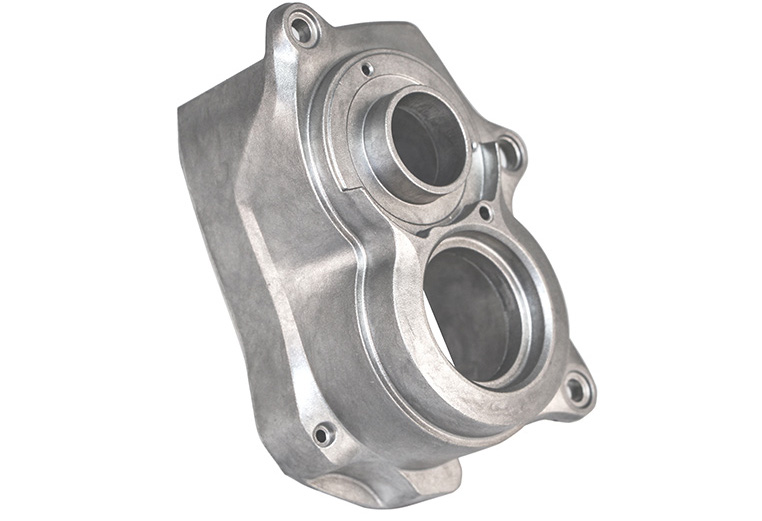
The Pinion C1.12
The C1.12 is essentially the P1.12 in terms of gear range and gear steps, but with the lightweight magnesium alloy body. I can’t see why Pinion would continue producing the P1.12 with the C1.12 in production.
– 12 Gears
– 600% range
– 17.7% gear steps
– 2100g
The Pinion C1.9XR
The C1.9XR is the wide-range e-bike gearbox, boasting a range almost as wide as the C1.12 but with larger steps between each gear. The large gaps exist because electric motors allow you to accelerate through gears faster than a regular bike.
– 9 Gears
– 568% range
– 24.3% gear steps
– 2000g
The Pinion C1.6
The C1.6 is a great gearbox for e-bikes that are speed limited to 25km/h. The reduced range will provide enough gearing for low speed riding.
– 6 Gears
– 295% range
– 24.3% gear steps
-1800g

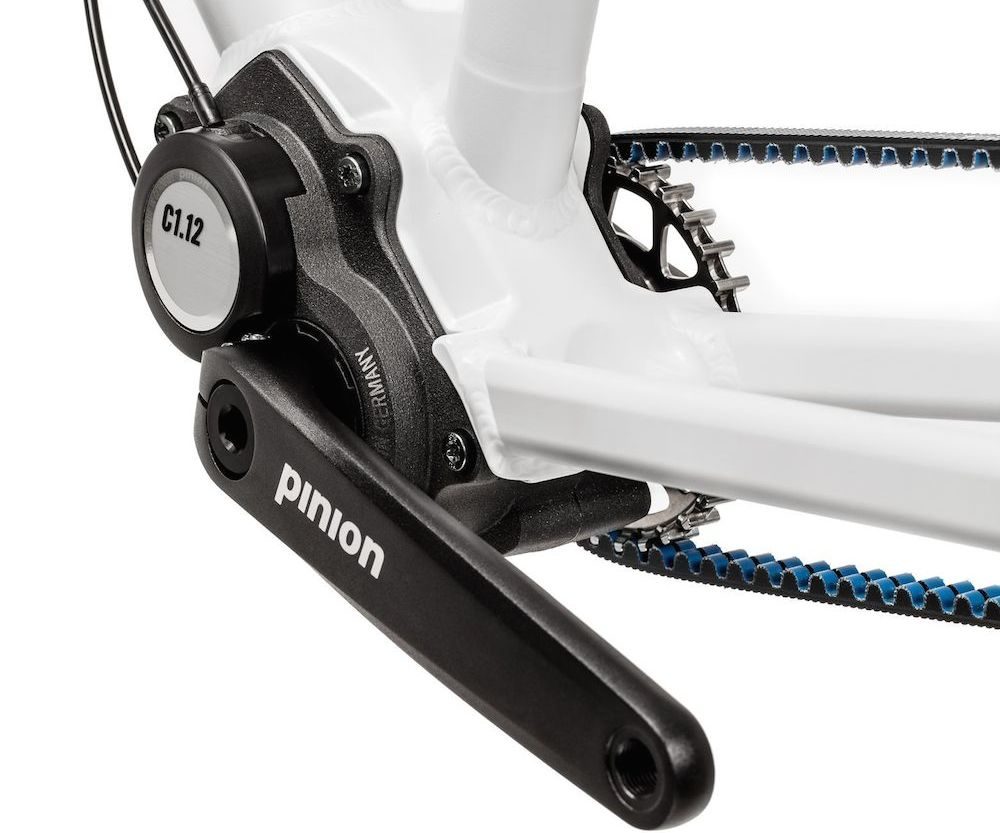
Pinion C1.12 vs Rohloff Speedhub 500/14
With the new weight reduction, the Pinion C1.12 gearbox stacks up pretty well to the Rohloff hub. When you consider the full system weight (including cranksets, shifters and drivetrain parts) we’re looking at a difference of less than 100g.
The Rohloff hub has the advantage of more gears, two more in fact. That results in even gear steps of 13.6%, as opposed to 17.7%. If you’re riding mostly on roads, you’re going to enjoy the smaller gaps between Rohloff gears than the Pinion.
The Pinion C1.12 has the advantage of a wider gear range of 600% compared to 526%. With the Pinion, you can have a gear spread of 19-117 gear inches which will see you climbing the steepest climbs with four panniers, but still have the gears to spin the pedals at 56km/h (35mph), while the Rohloff hub will achieve this at 50km/h (31mph).

What’s The Best Gearbox For Bicycle Touring?
The Pinion P1.18 gearbox is still the bicycle touring gearbox of choice.
Although the P1.18 is about 600g heavier than the C1.12, the 11.6% gaps between gears and exceptional 636% gear range provide class-leading range and gear steps.
If you are a true weight weenie, you may be enticed by the C1.12, but I can tell you that from my testing, 1000g is worth between 10-90 seconds over 100km. That’s very little weight penalty for extra gears and range.

My Detailed Pinion Resource Is HERE & Find A List of Bike Manufacturers With Pinion Gearboxes HERE


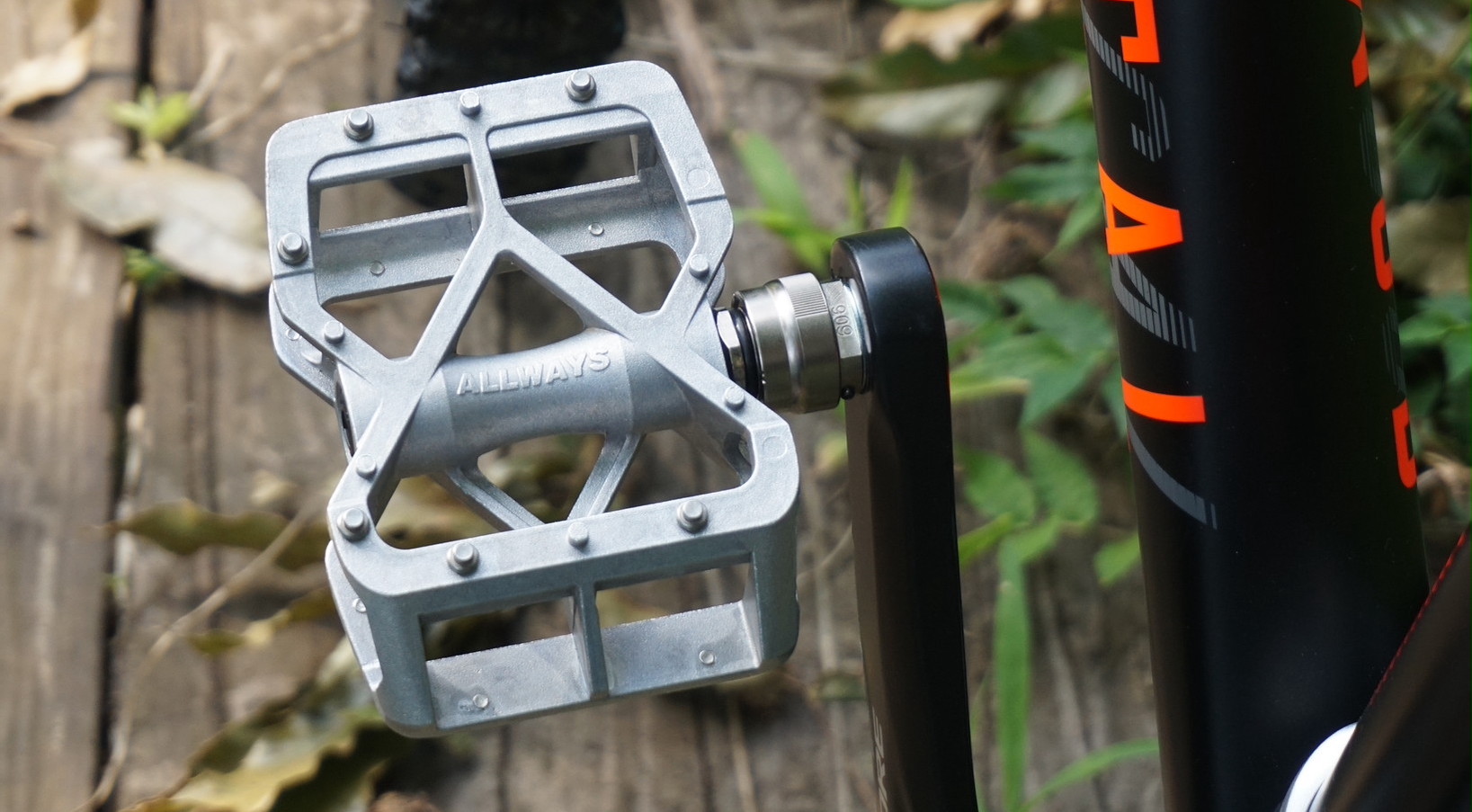
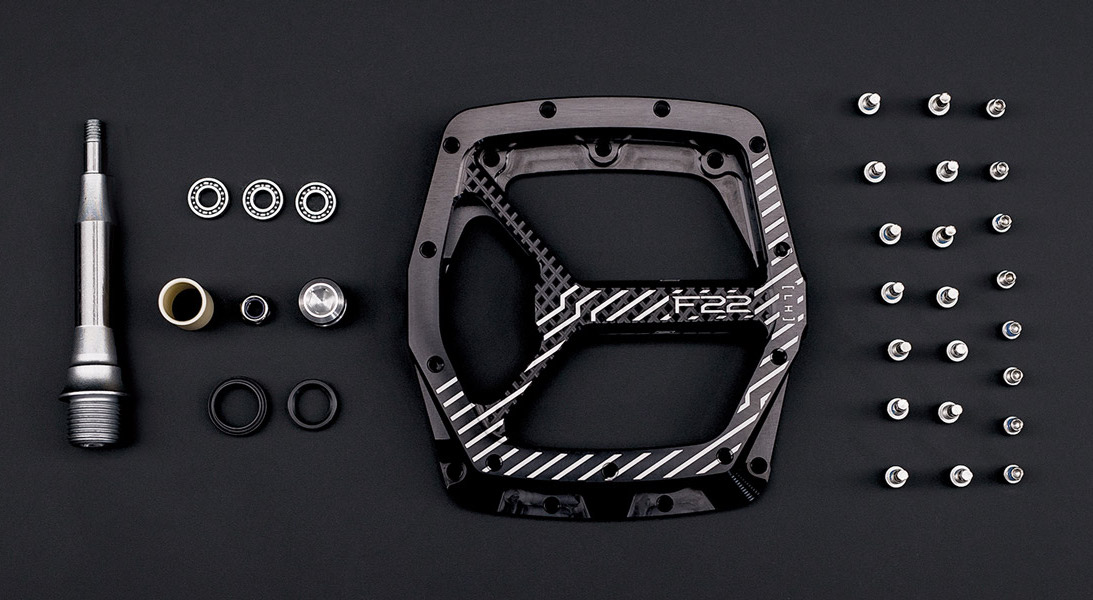
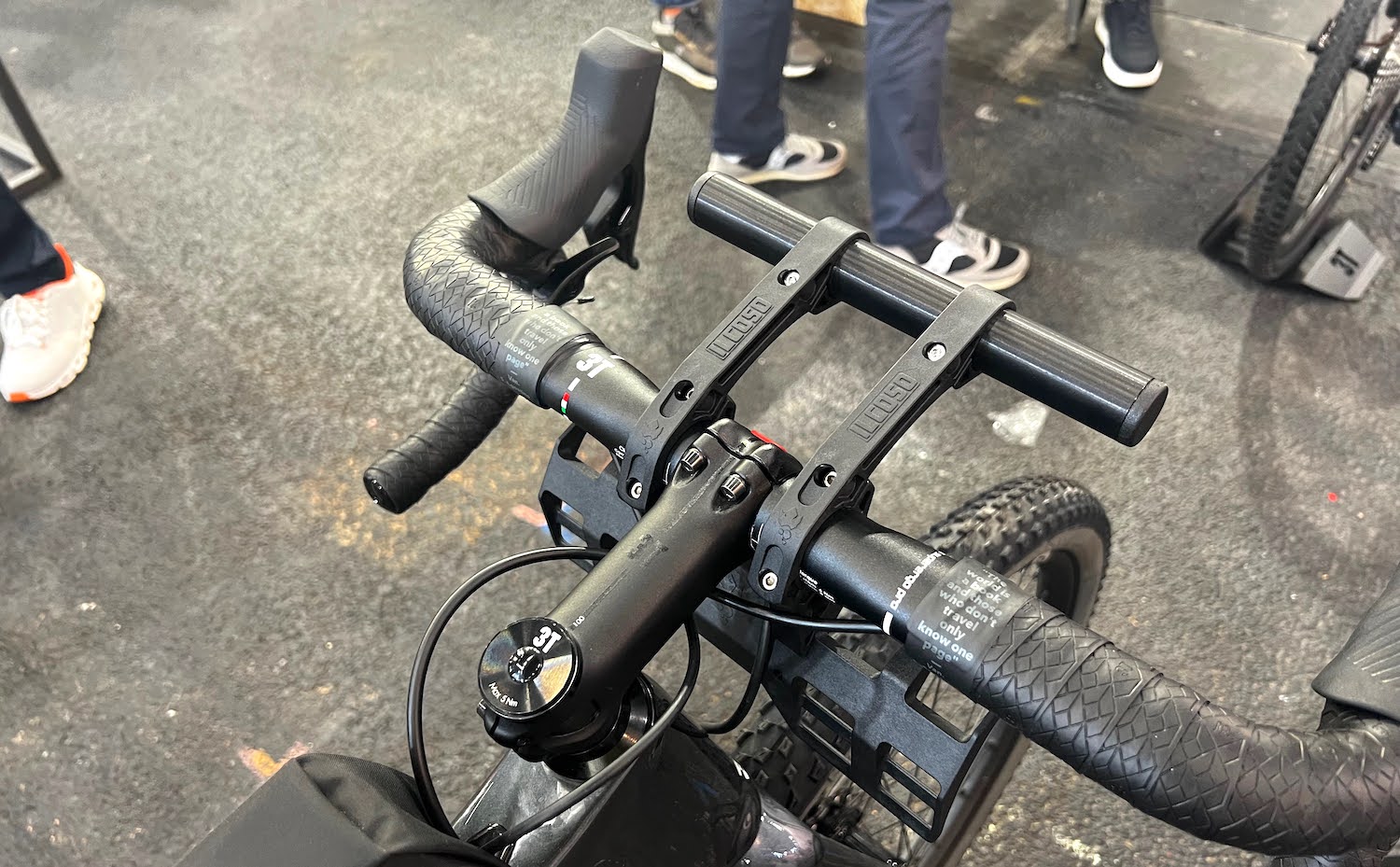

The Pinion gear boxes are lighter than most realize, because it eliminates a heavy part of the frame.
Ridiculously big gear range
Compared it with my and at least few gears will never be used. Doesn’t matter I move it down for torque or up for speed…
Maybe for sport bike it is fine. But for touring with all loads. No…
In my case combination of
39-36 allows me to climb to 10% uphill 5-6 km/h
53-11 ride downhill at 40-45km/h
Pinion lower gear in my case will allow to climb at 2-3km/h??? What? No reason, better to walk…
or if i set lowest pinion gear to my regular lowest gear I can not cycle 50-60km/h loaded…
Same thing is for Rolhoff
Super interesting and encouraging to see Pinion keep iterating and innovating.
I love Rohloff, but I *heart* Pinion (P1.18). I agree with Alee, the extra 1000g for a P1.18 makes the most of the Pinion platform for touring, especially in the backcountry.
Hi Andrey. Maybe we have different riding styles, but my ideal gear range is somewhere between a Rohloff hub and Pinion gearbox. I love being able to both climb at 5-6km/h, but at the same time have gears to pedal at 55-60km/h on a long descent. Alee
Hi Alee,
I’m looking for a present in my 65 birthday (I’have been a good boy, jeje)
I would like to replace both my road and mountain bikes with a new one which allows me to do a bit of everything on the road/path including touring with camping loads once a year.
Wold you recomend me the new gearbox Pinion C1.12?
Thanks for your nice reports
Antonio from Spain
Hi Antonio. I think the Pinion P1.18 is a more versatile product, as it offers smaller gaps between the gears and has a wider gear range. It’s only 600g heavier. That said, if you were trying to build a lightweight bike and don’t mind bigger ‘steps’ between each gear, the C1.12 is pretty enticing! Alee
Hi Alee,
I’m sorry Katt is not giving her perspective anymore. Her writings were a joy to read.
For the Pinion, has the squeaking noise from the crank arms been fixed?
Bicyclejunkies said this constantly sporadic squeaking noise was an irritating problem when they biked The Great Divide route in the USA.
Thoughts or any word about this?
Hey there. I haven’t spent enough time using a Pinion to comment, I’m sorry. Alee
Hi Alee,
One of the few disadventages of the Pinion system is that you invest in an exclusive frame that it is useless outside Pinion world.
Do you know if there is in the market any device for adapting the Pinion frame into one with a normal bottom bracked shell for using a conventional drivetrain.
This would leave the Pinion system detractors without a main argument.
That’ll be shoes rubbing on the crank arms probably. Wider Q factor maybe? Noticed it when I got mine in 2013 but disappeared when I changed shoes!
So is there a C1.18 in the works?
Not that I’m aware of.
Any chance you have a spec sheet of the gear ratios inside a C.12? I assumed it would be the same as the P.12, but I’ve seen C.12 mountain bikes (like Zerode) with chainring/cog sizes that make no sense based on P.12 gear ratios, unless those ratios are all wrong?
I’m not sure why you’re seeing a difference in chainring/cogs. The gain ratios, gear steps and overall gear range is the same between the P.12 and C.12.
Good point!